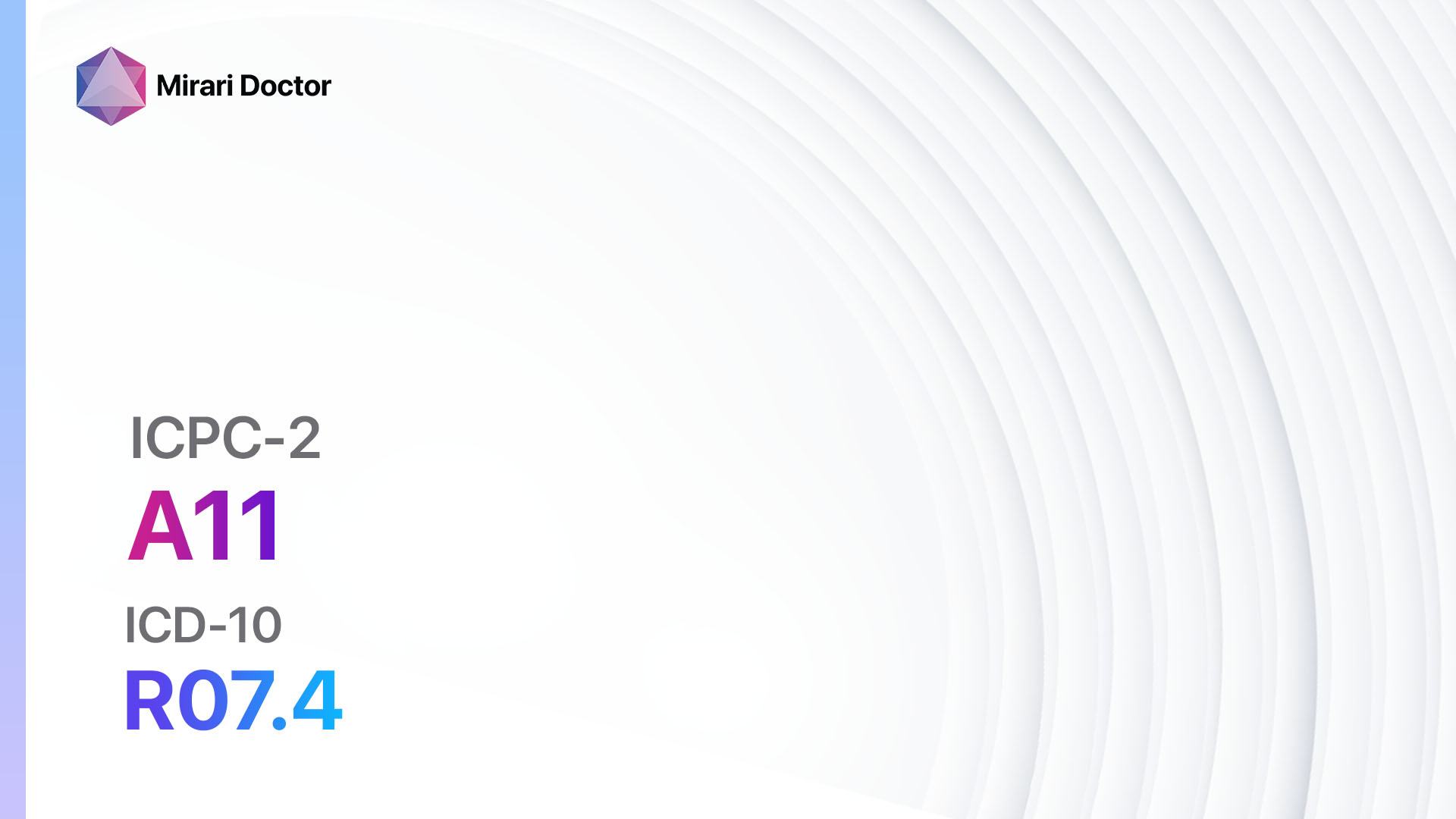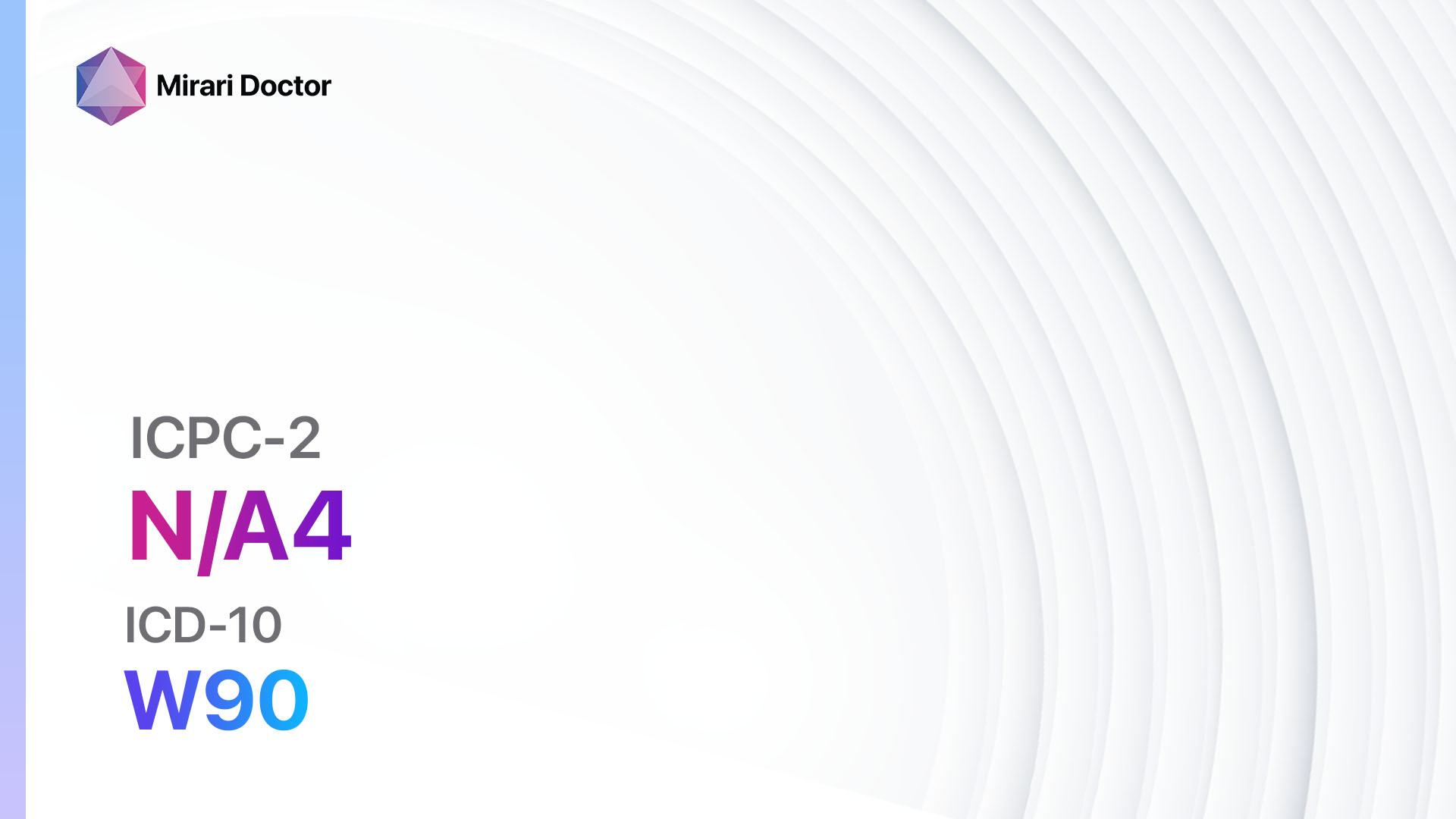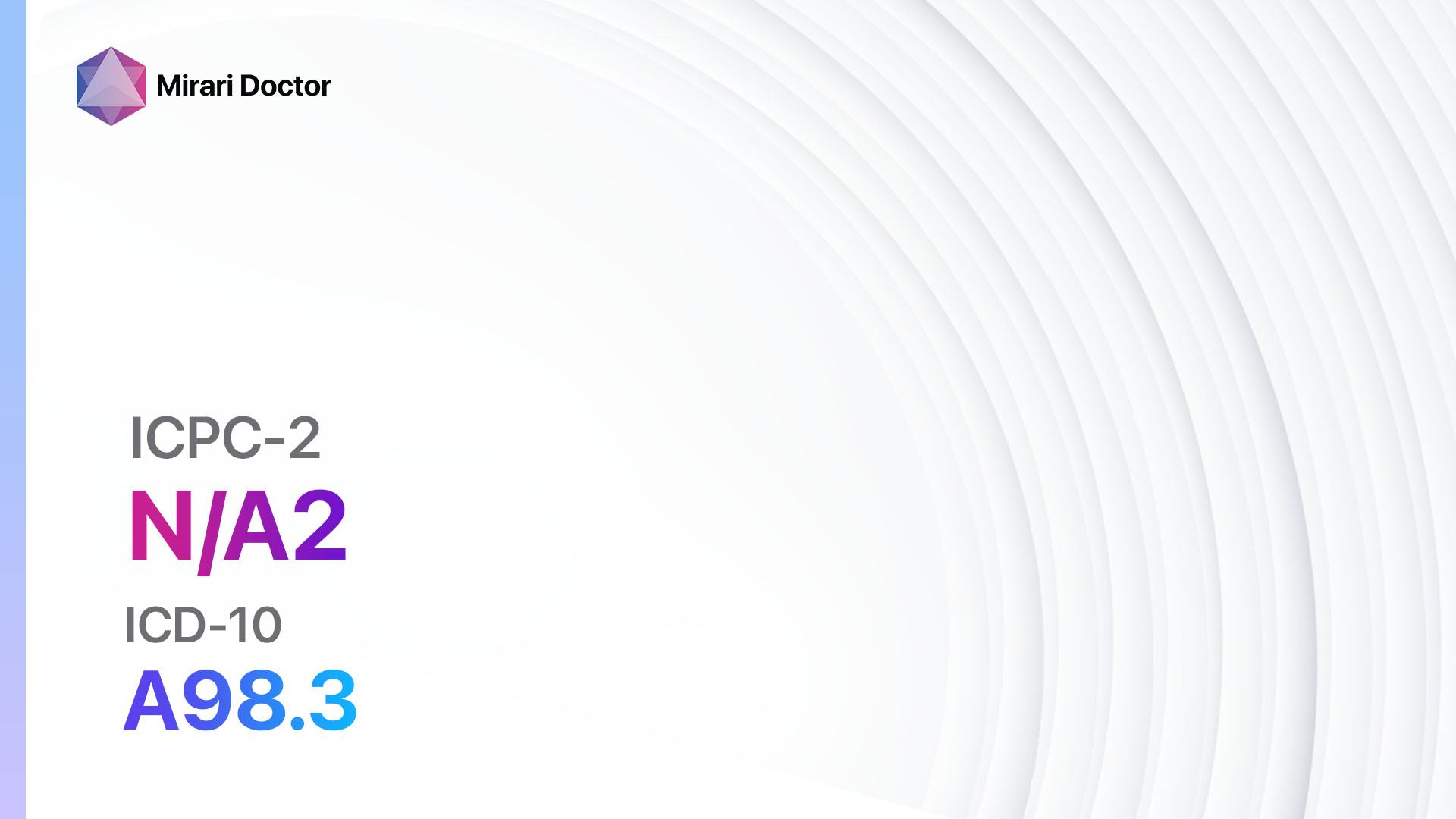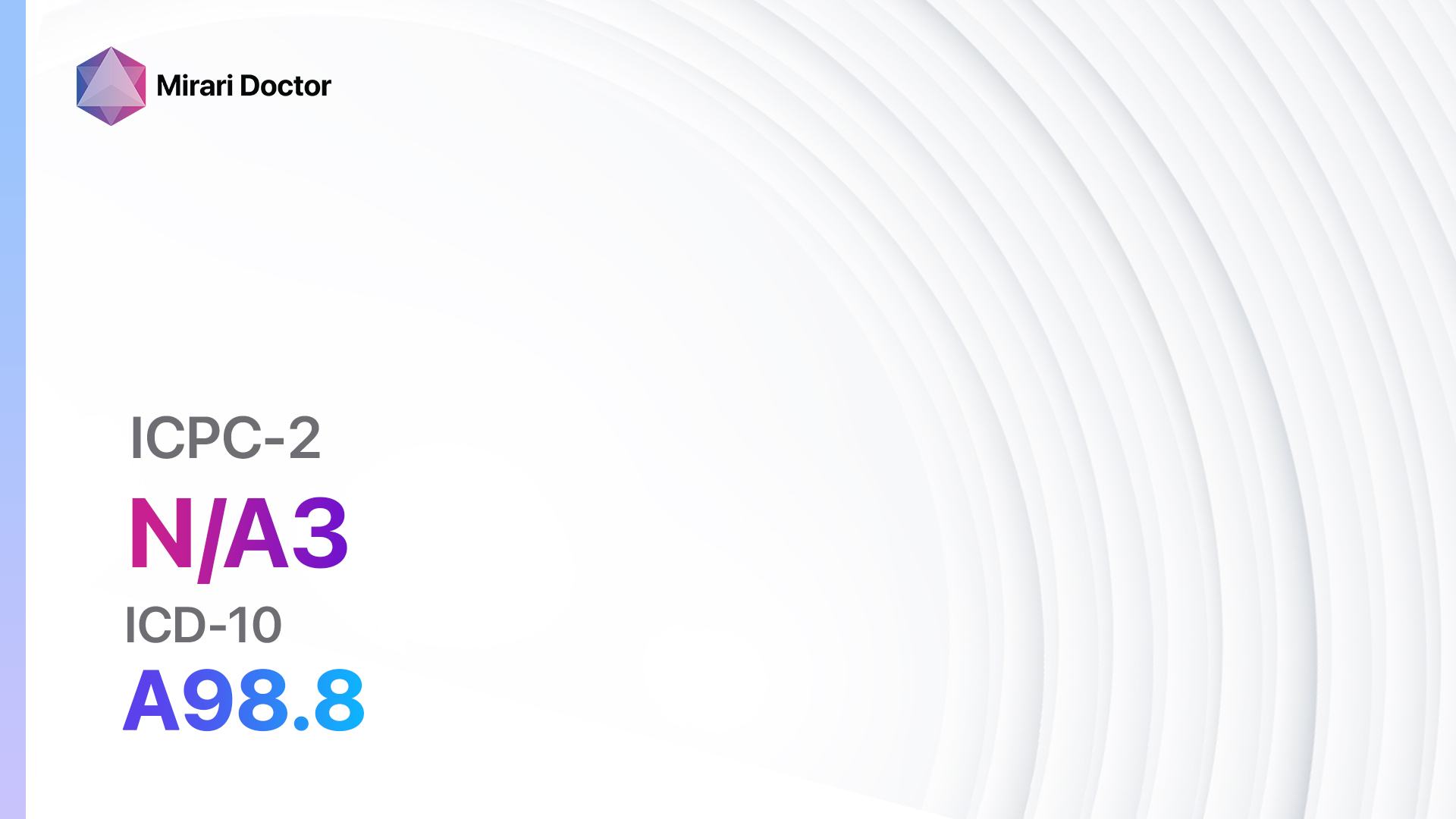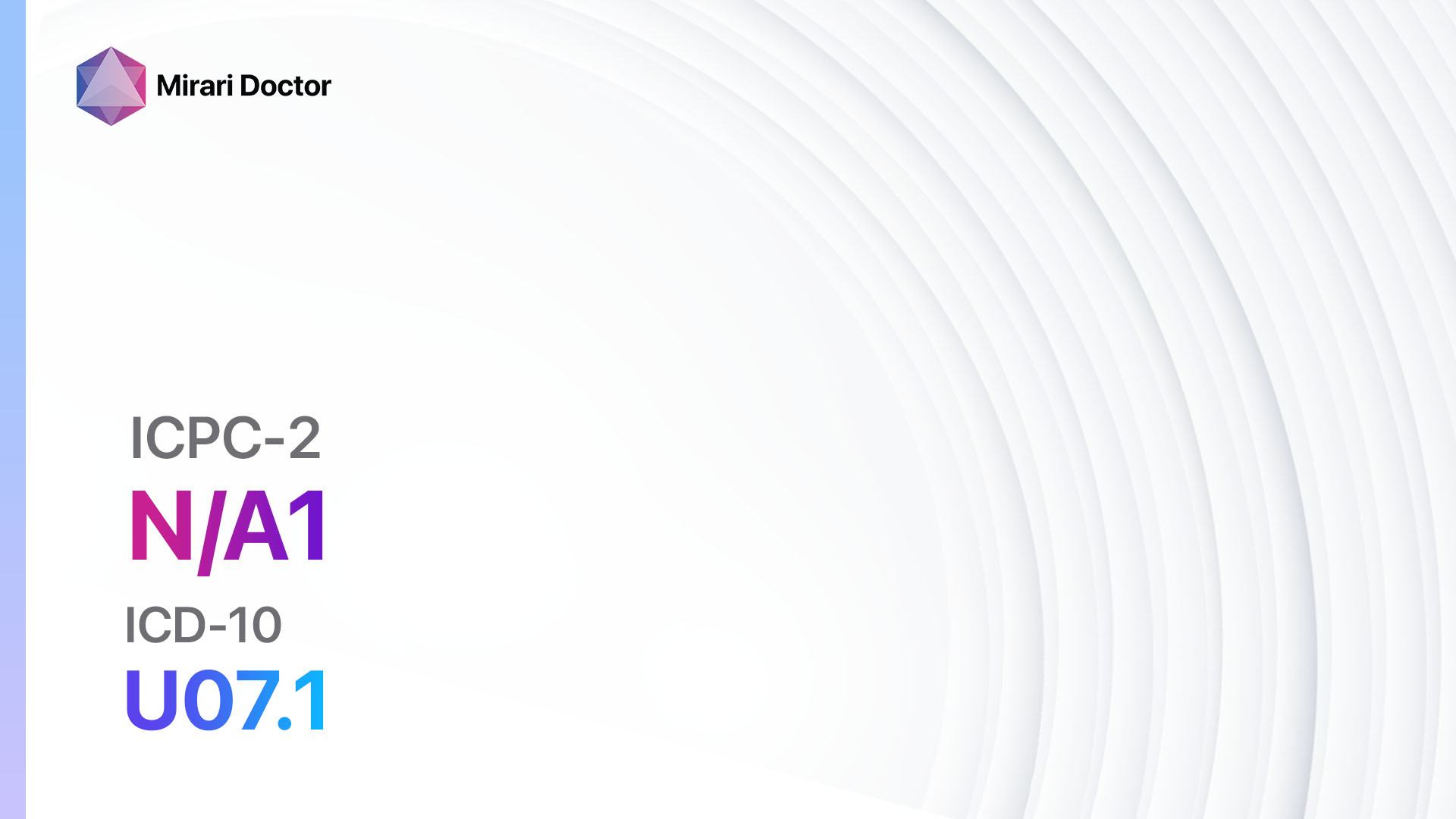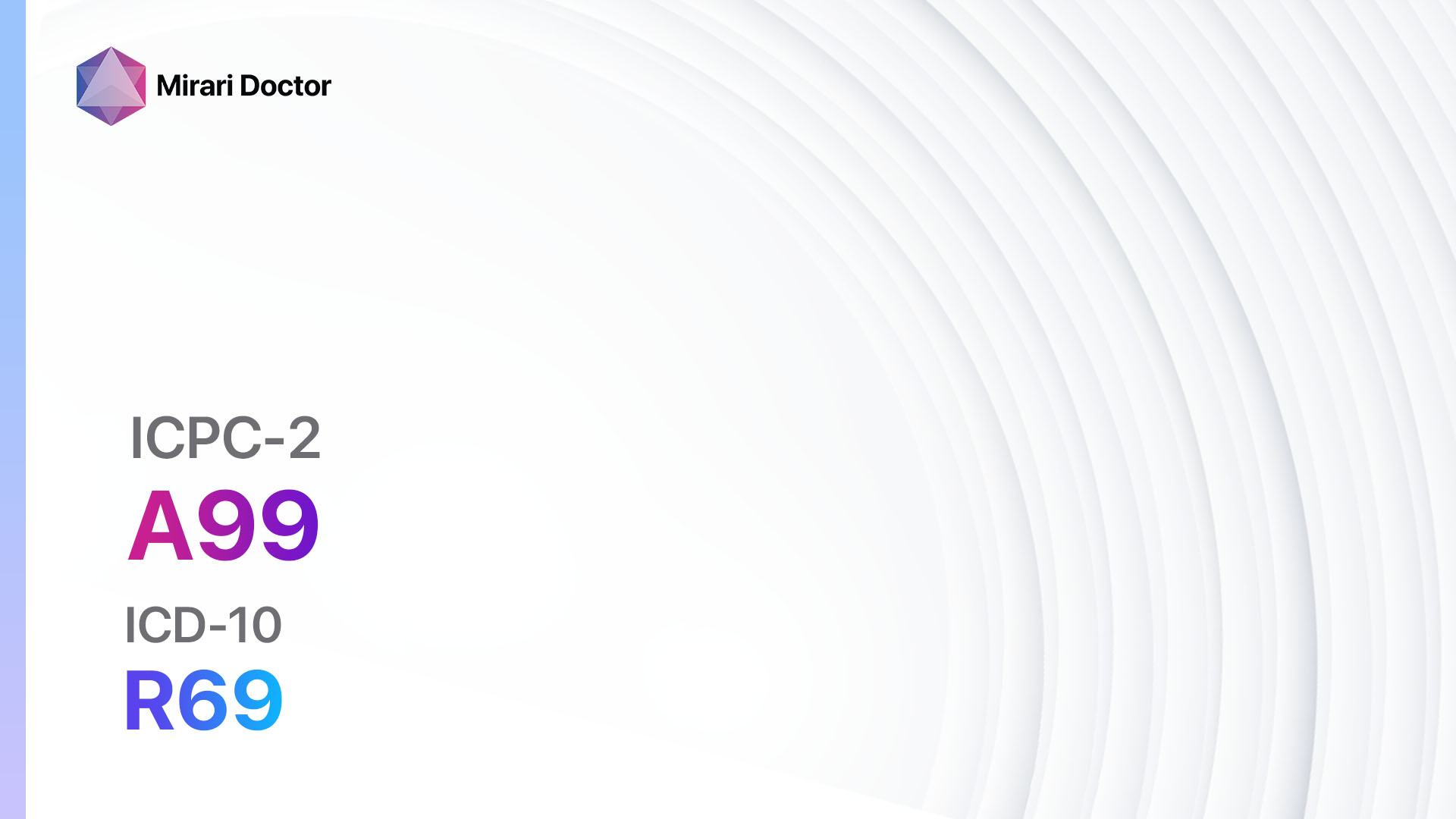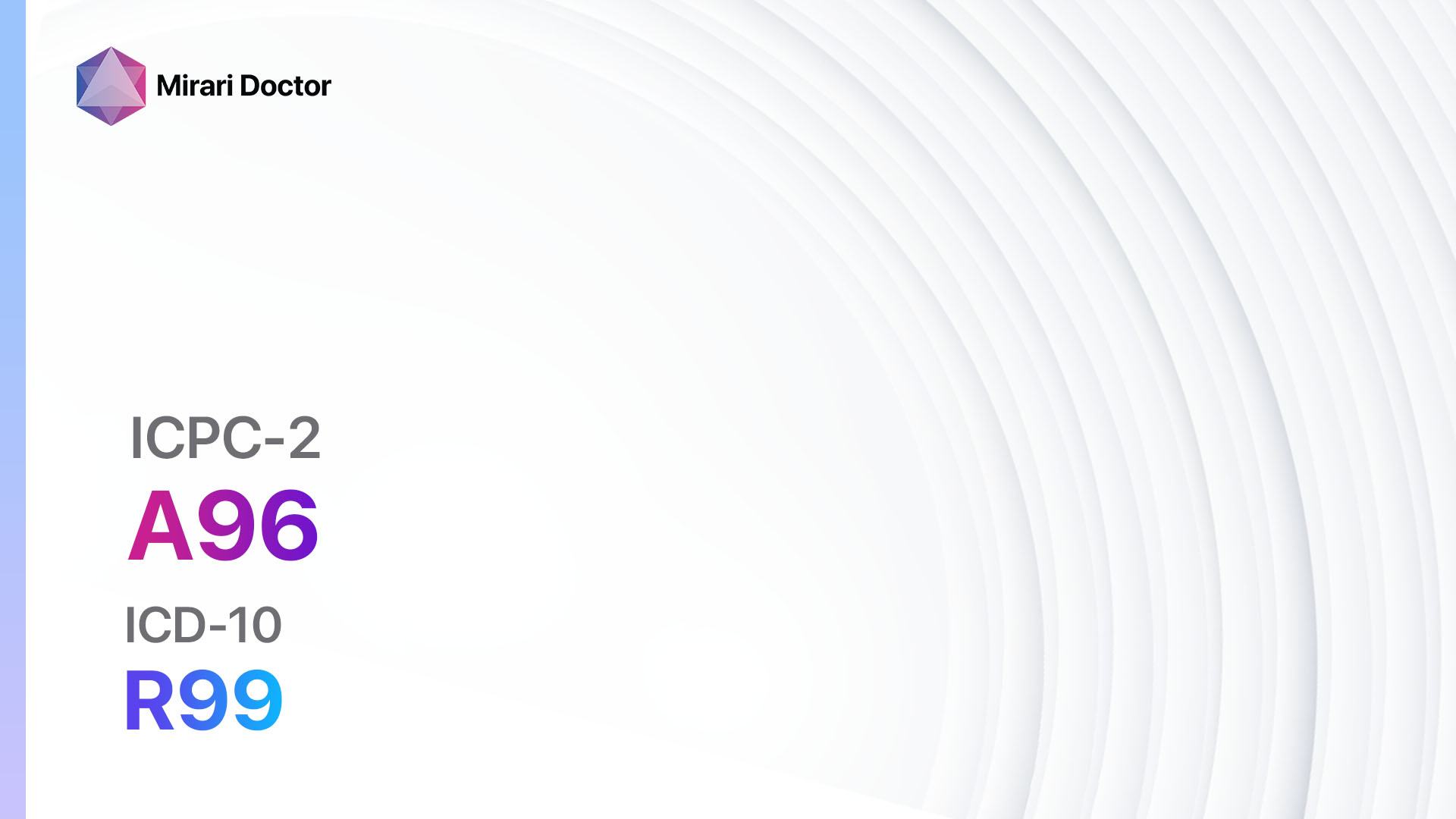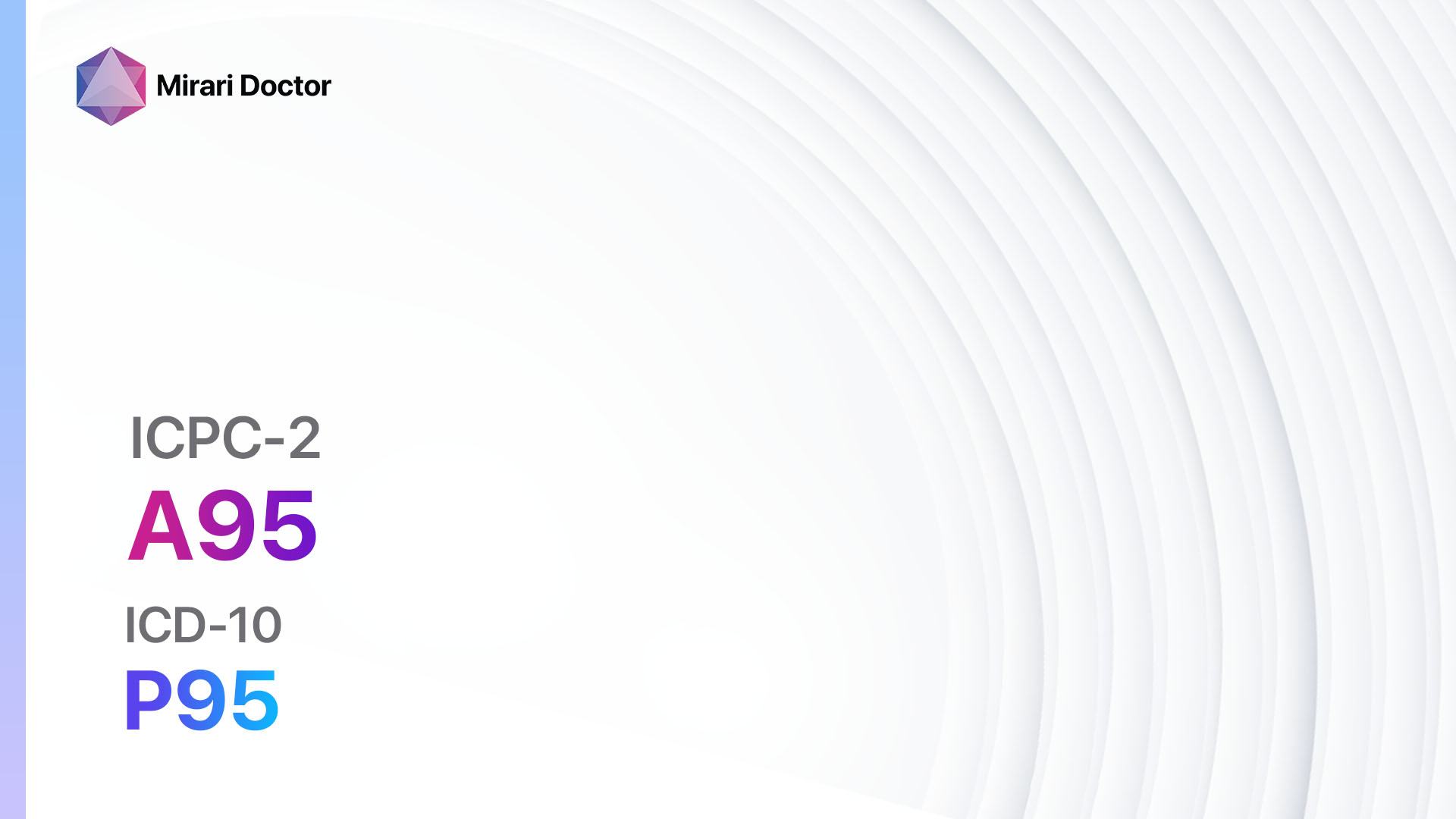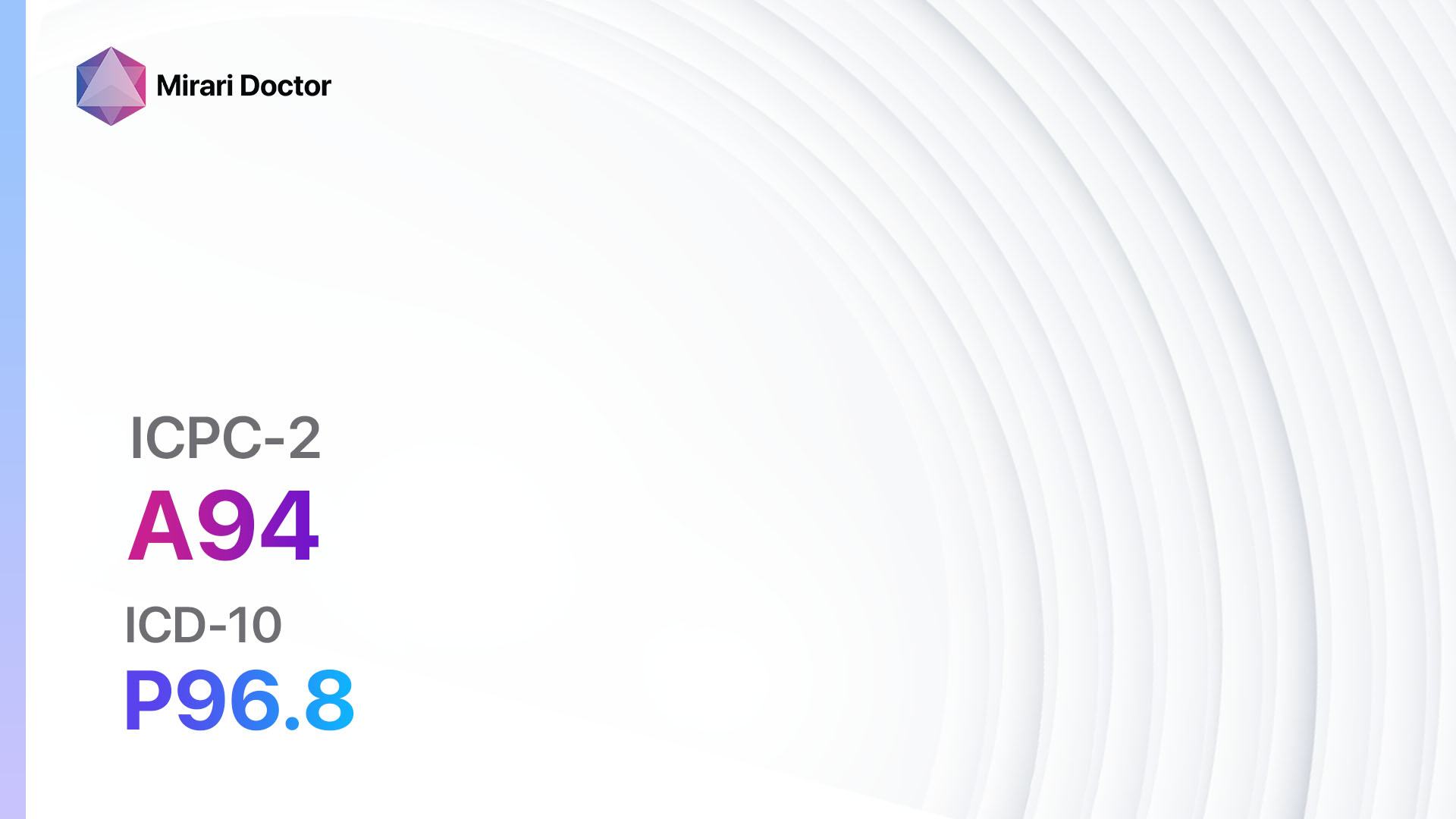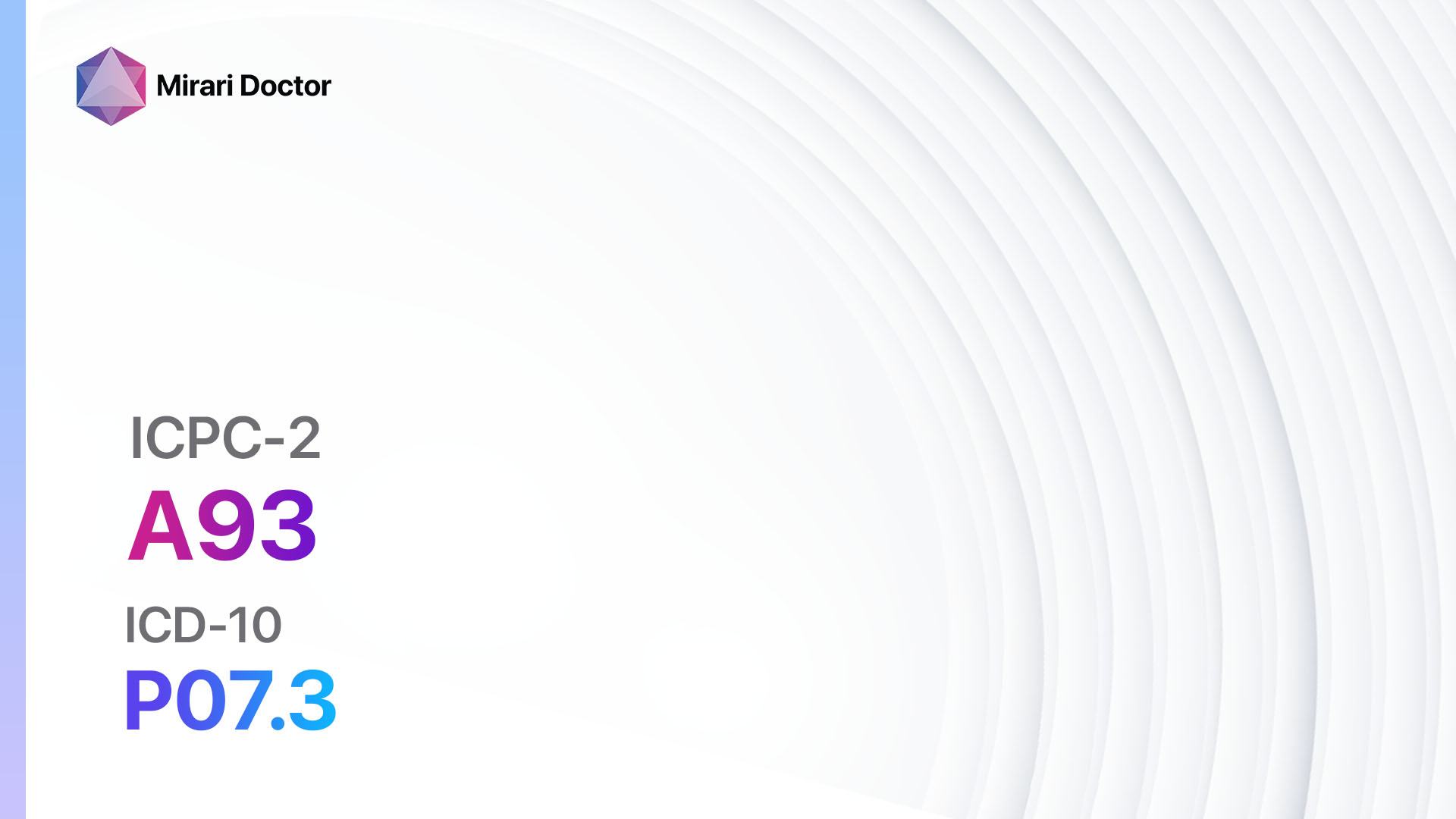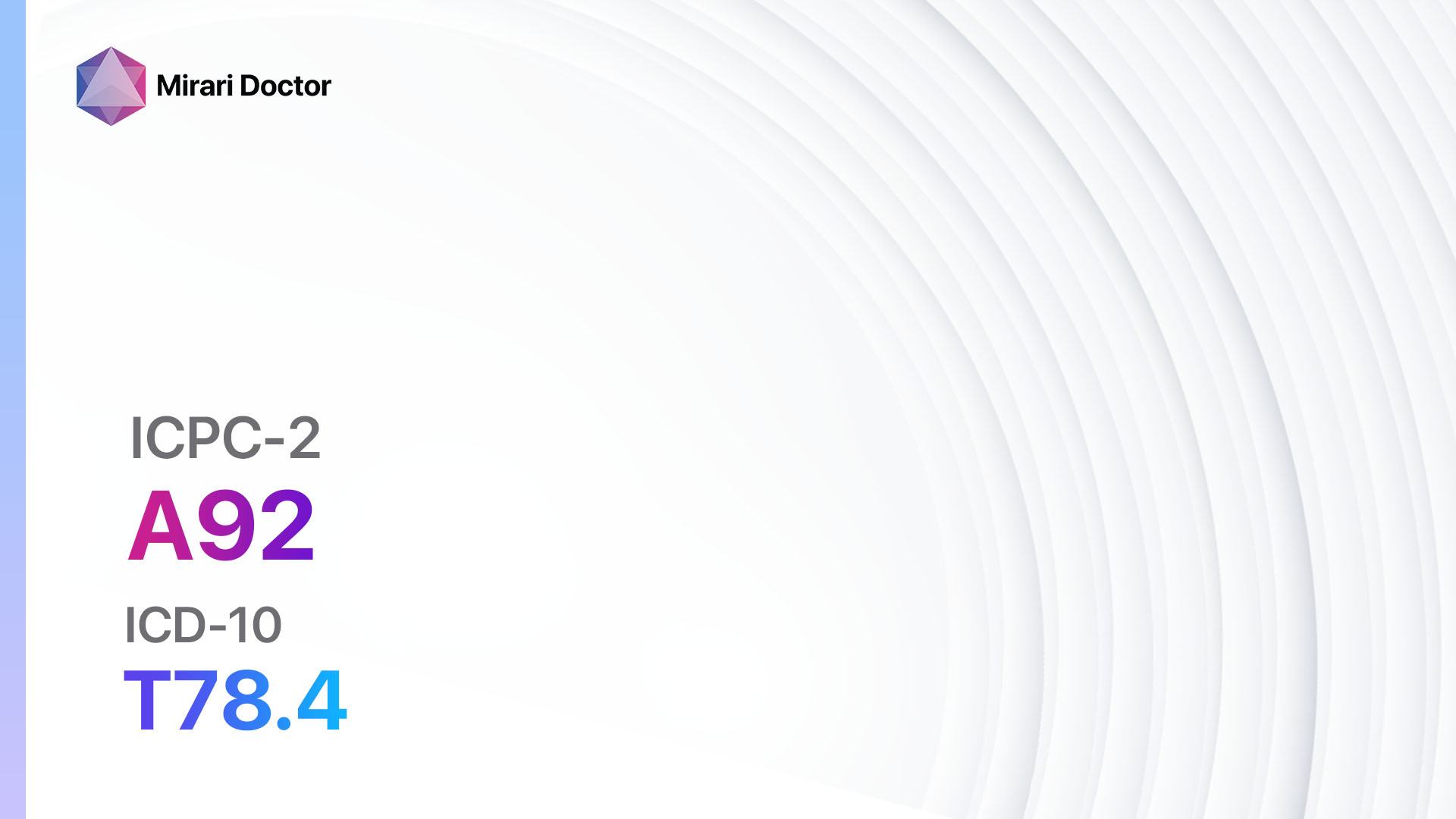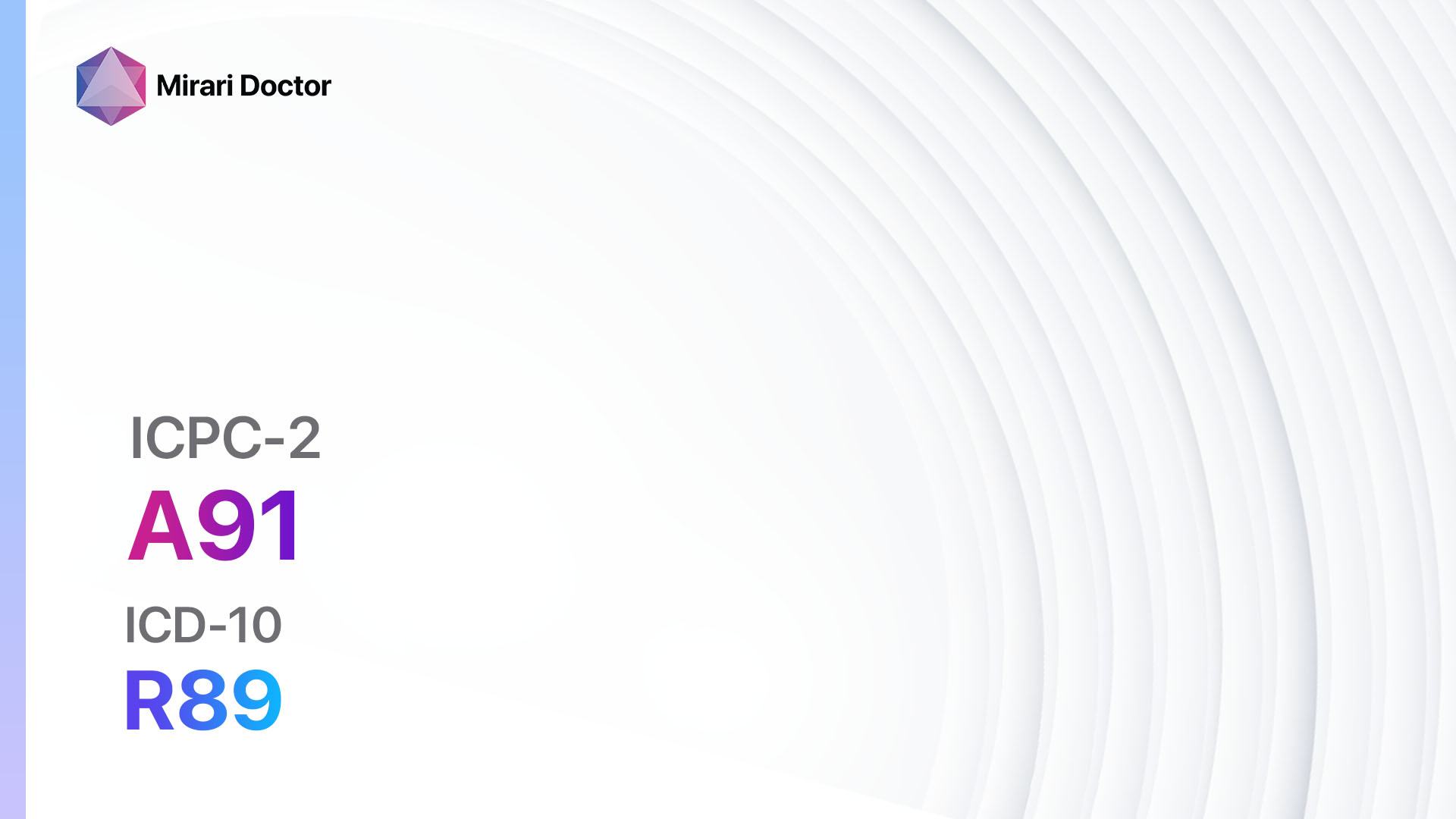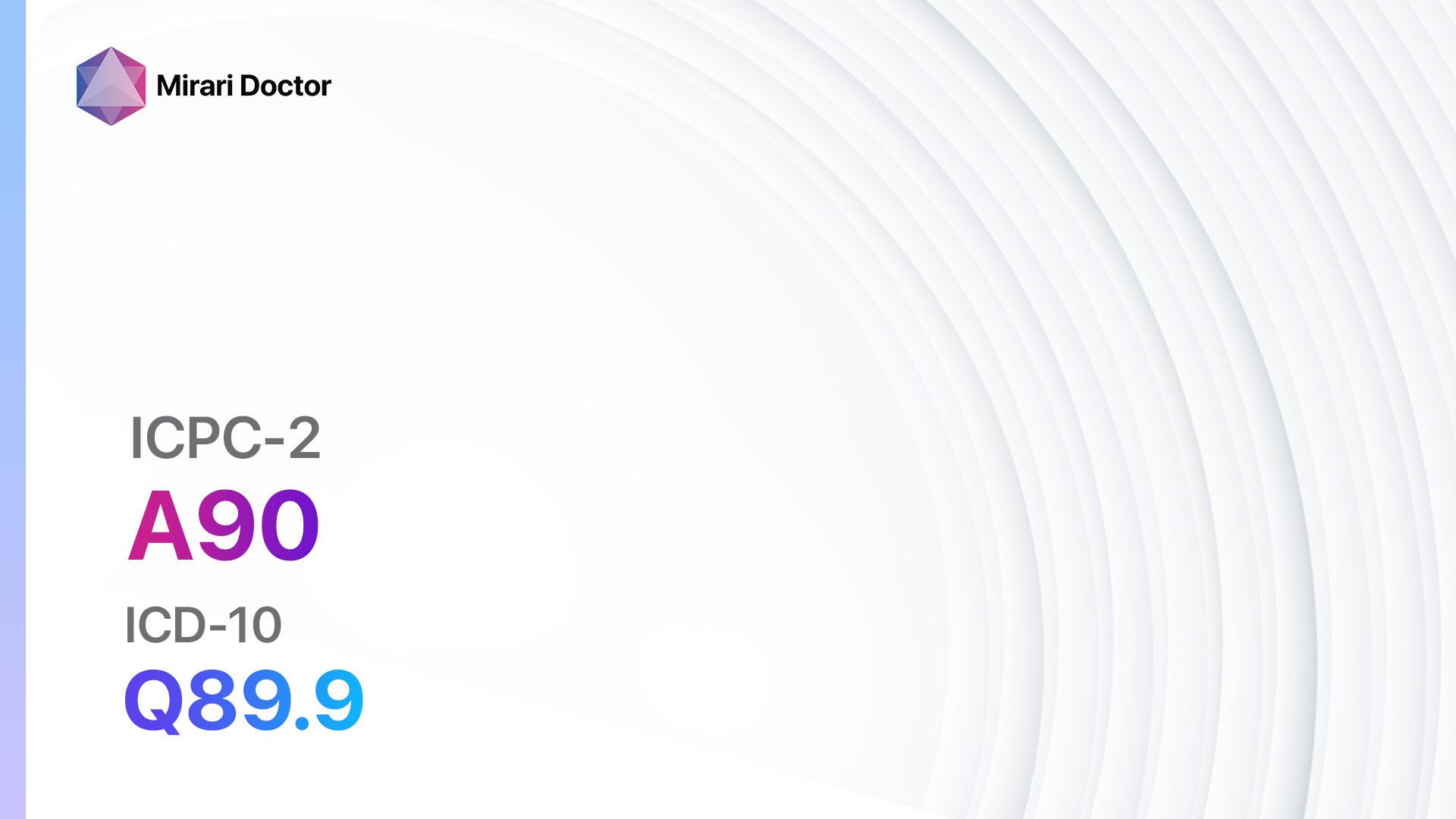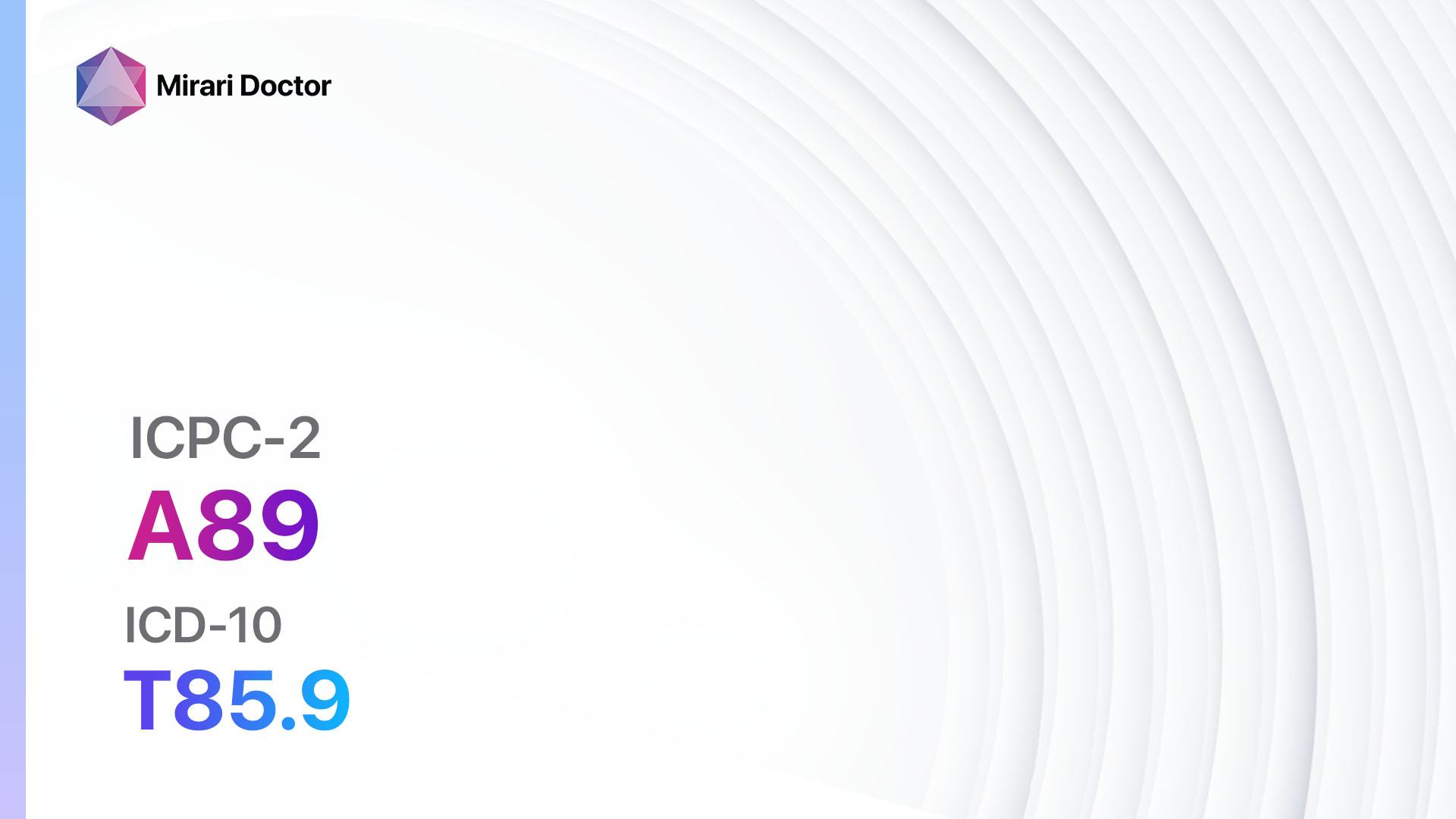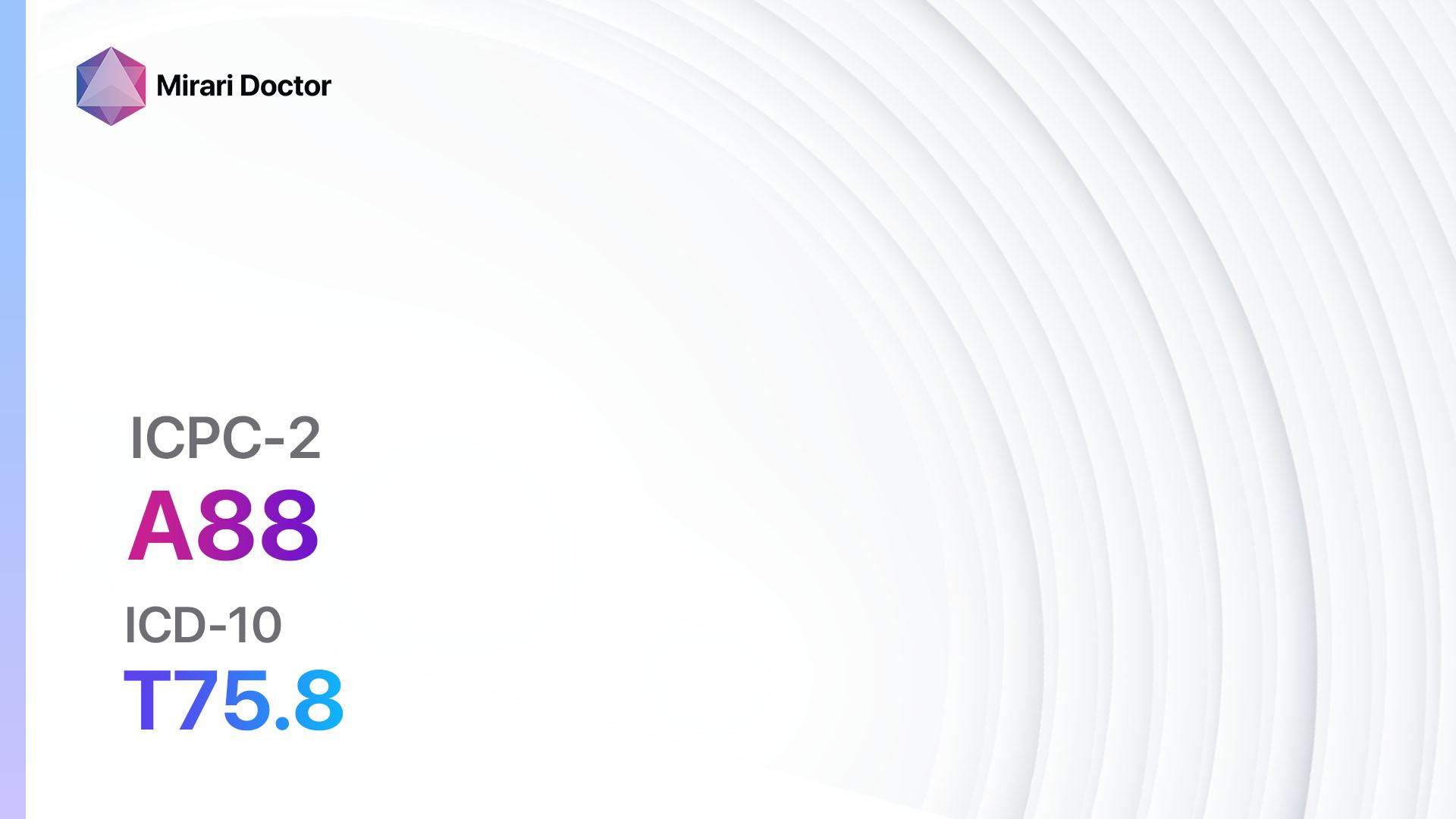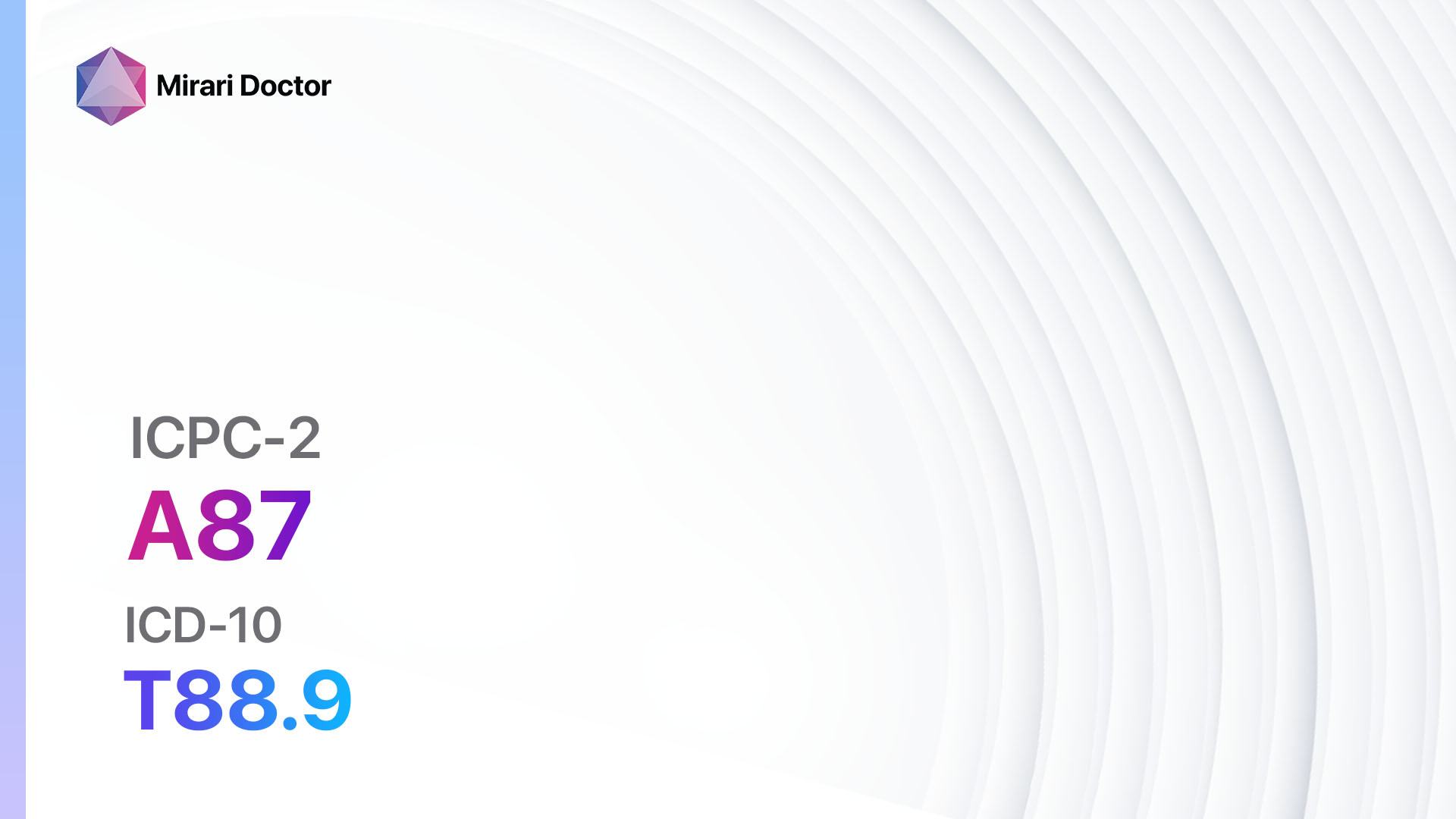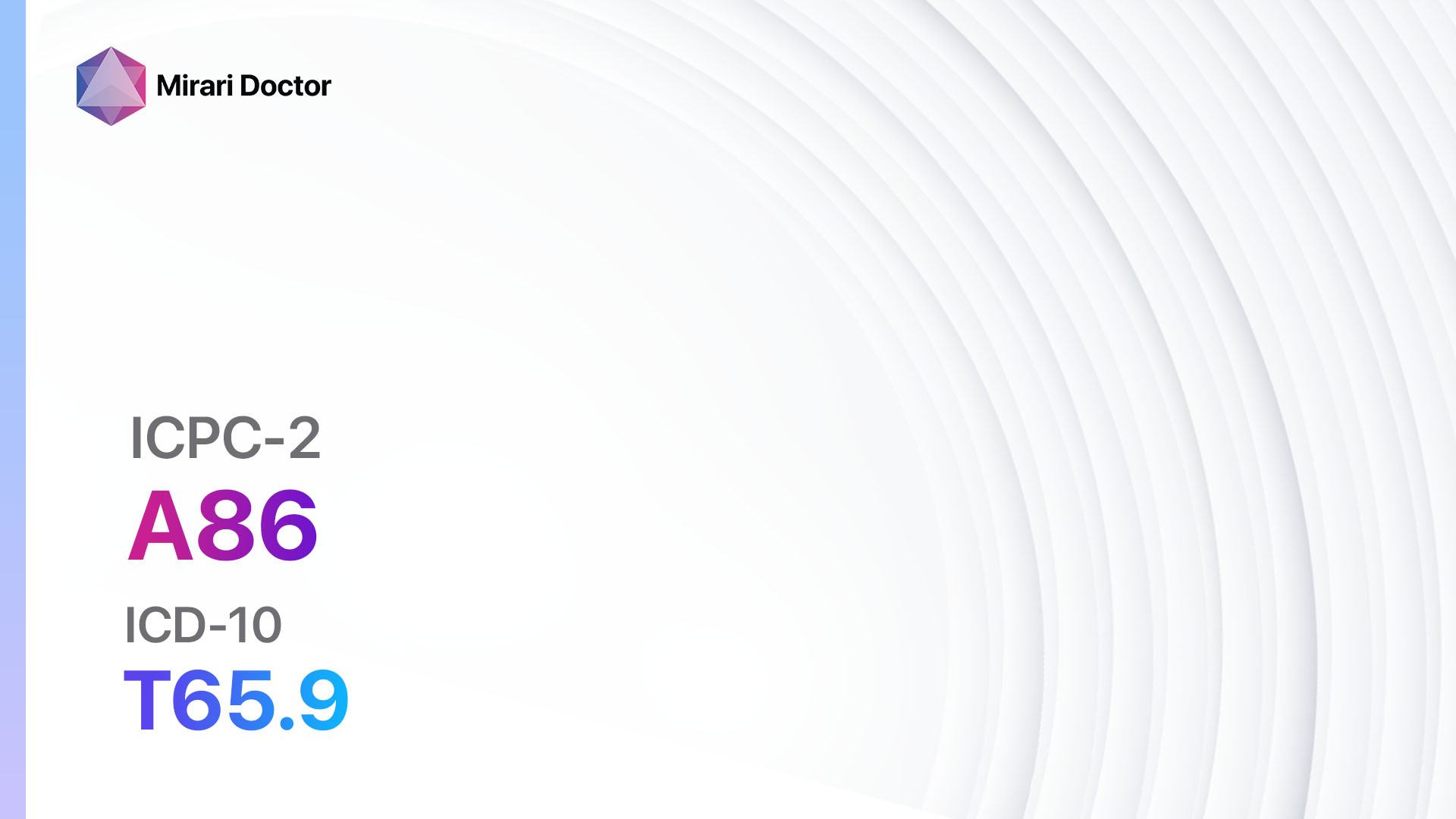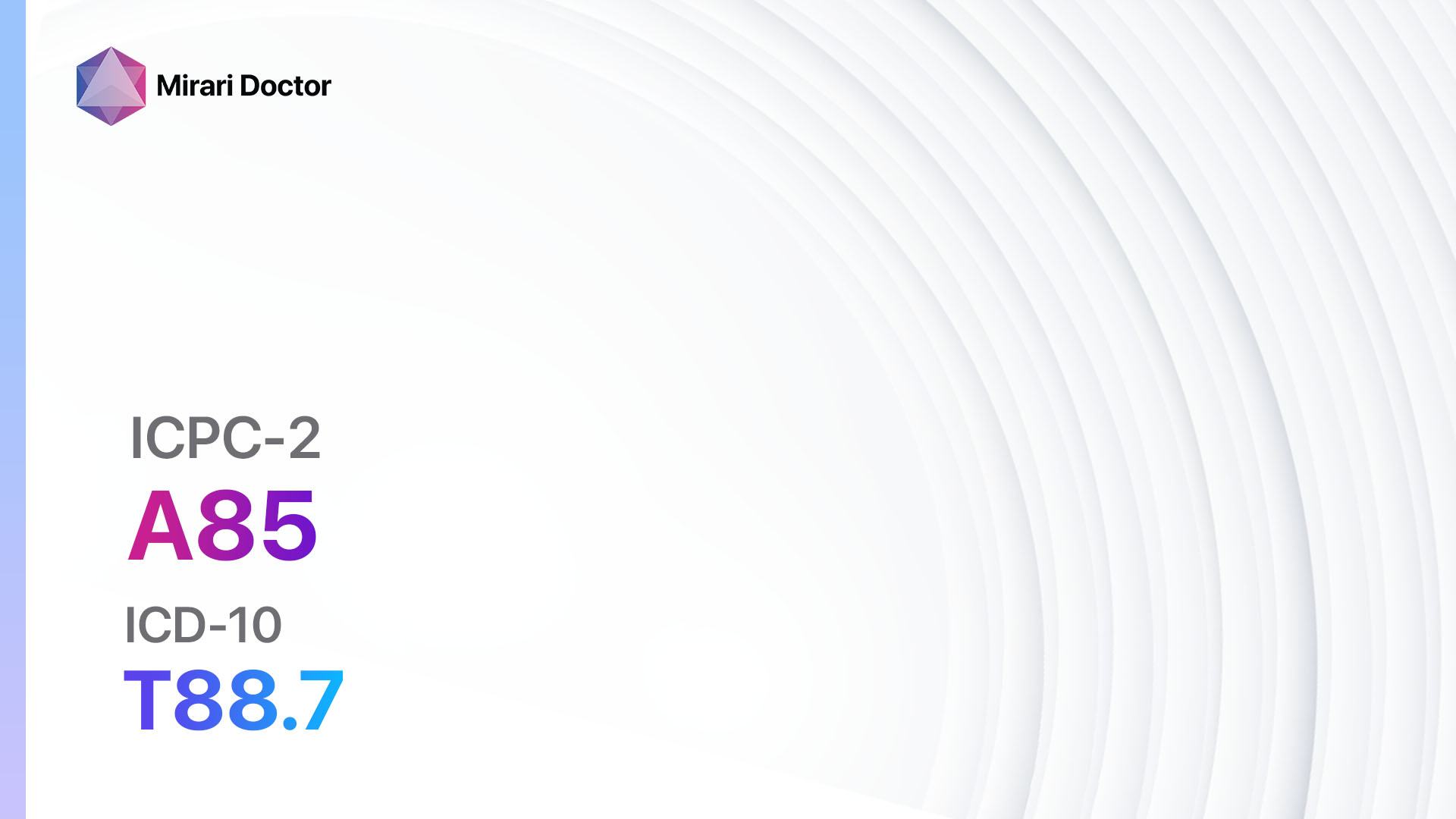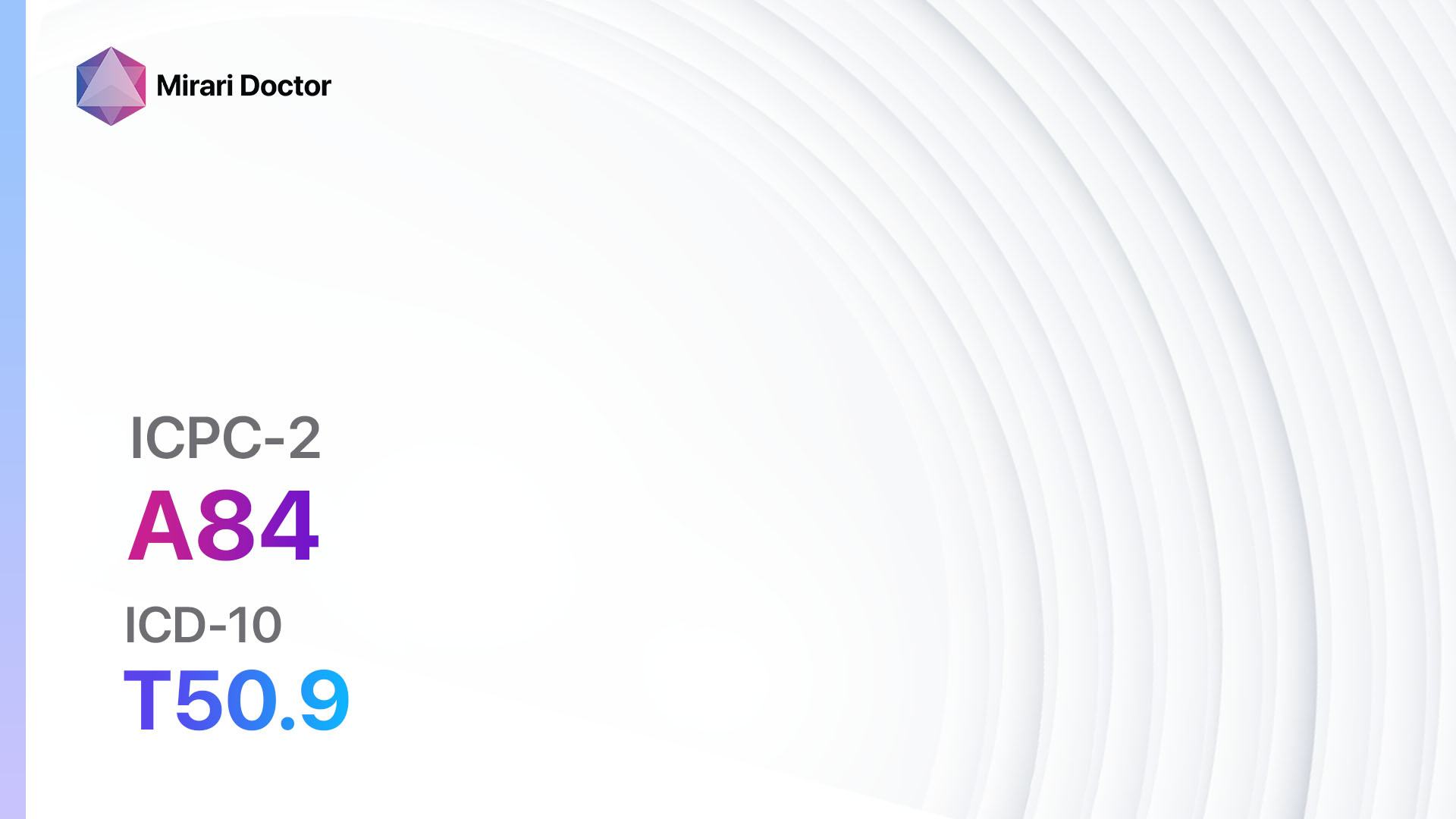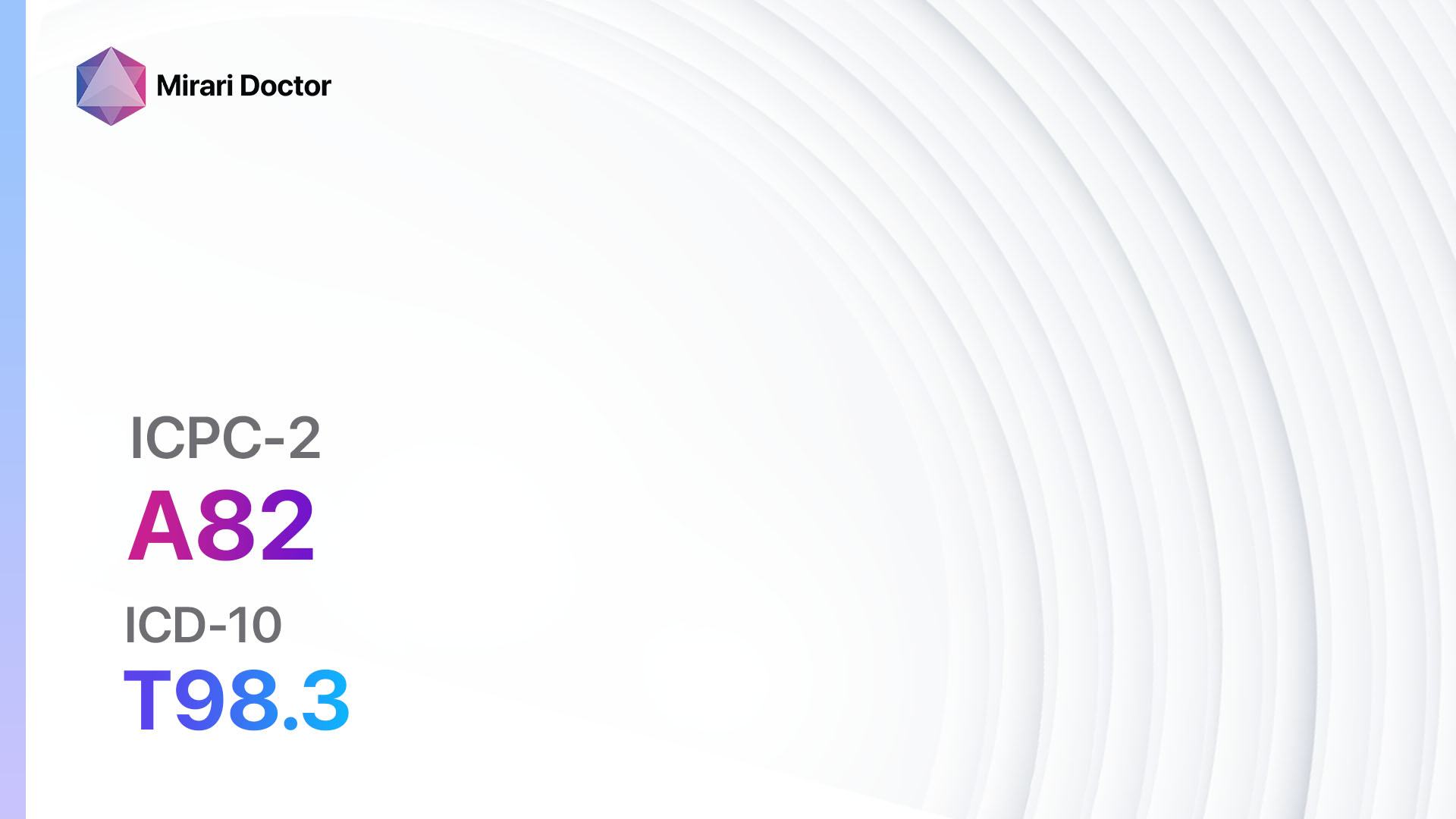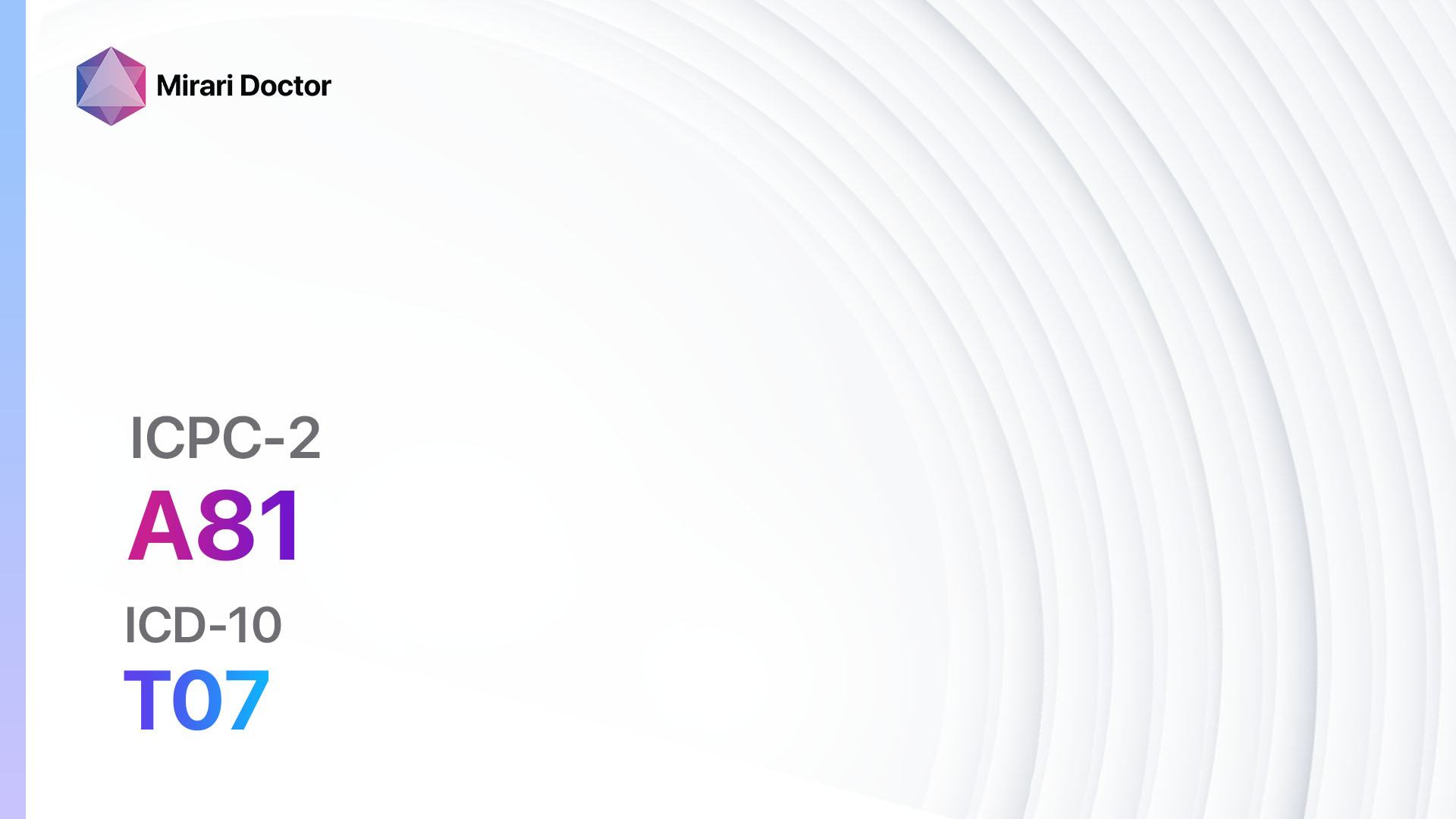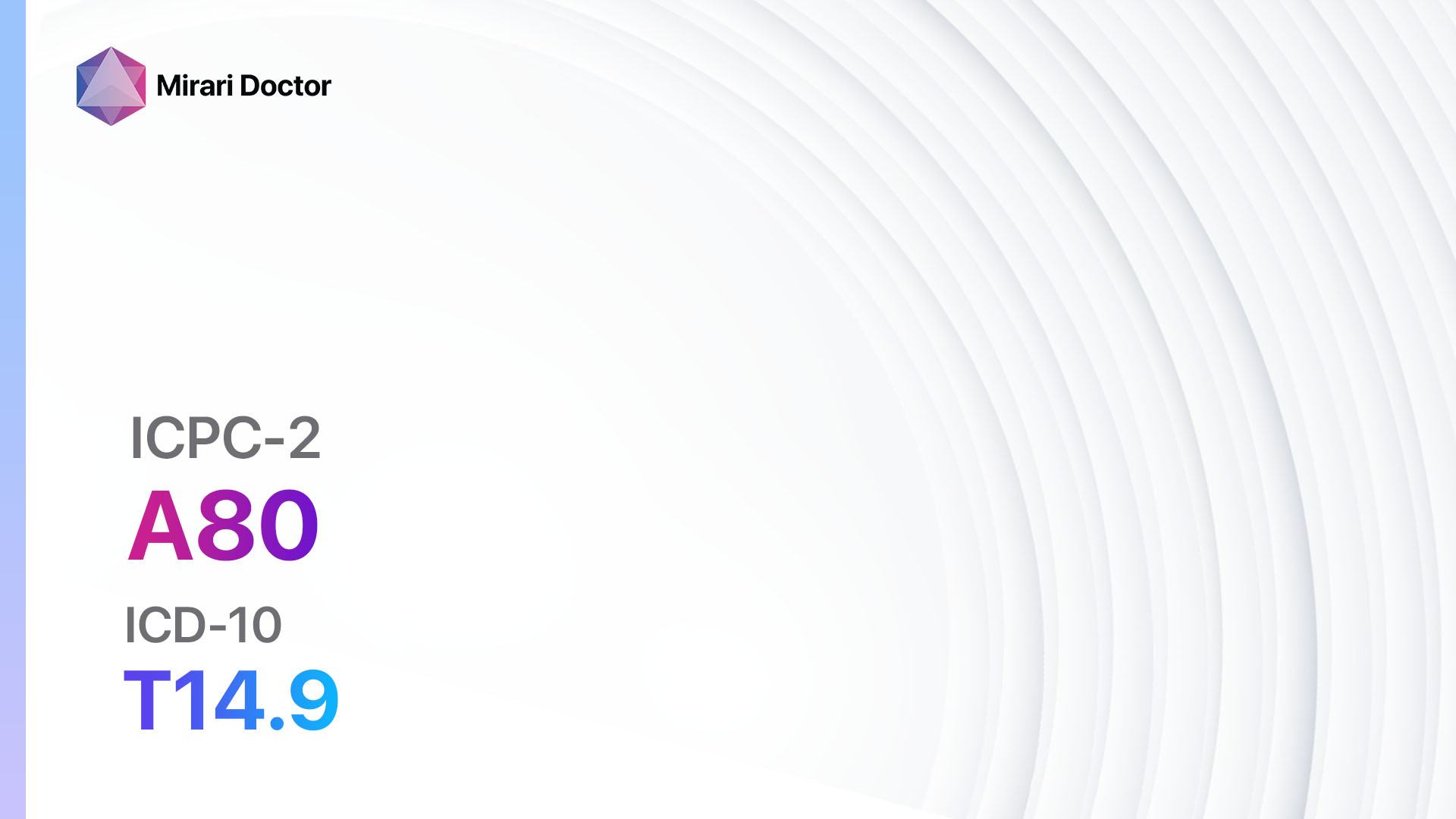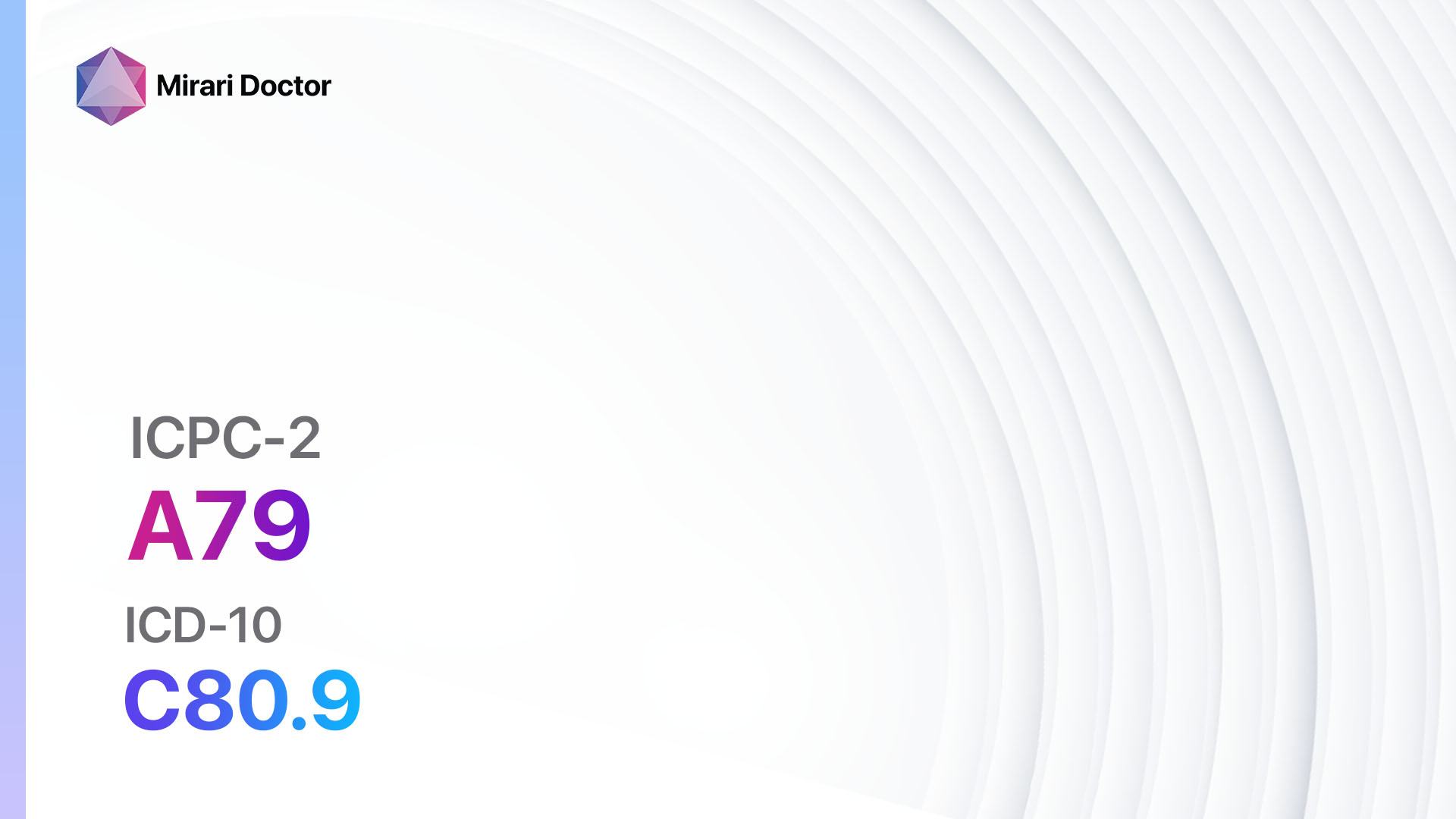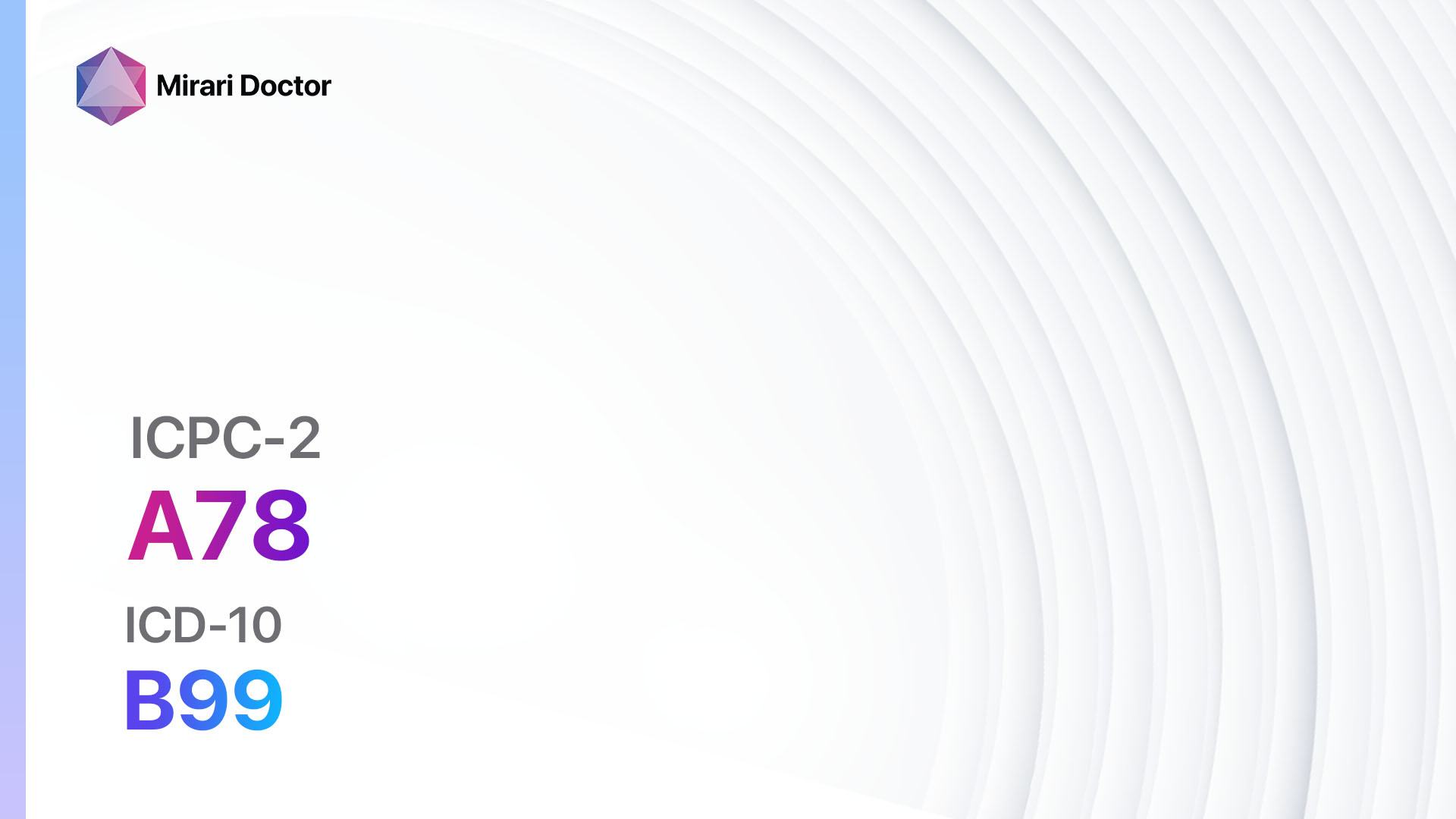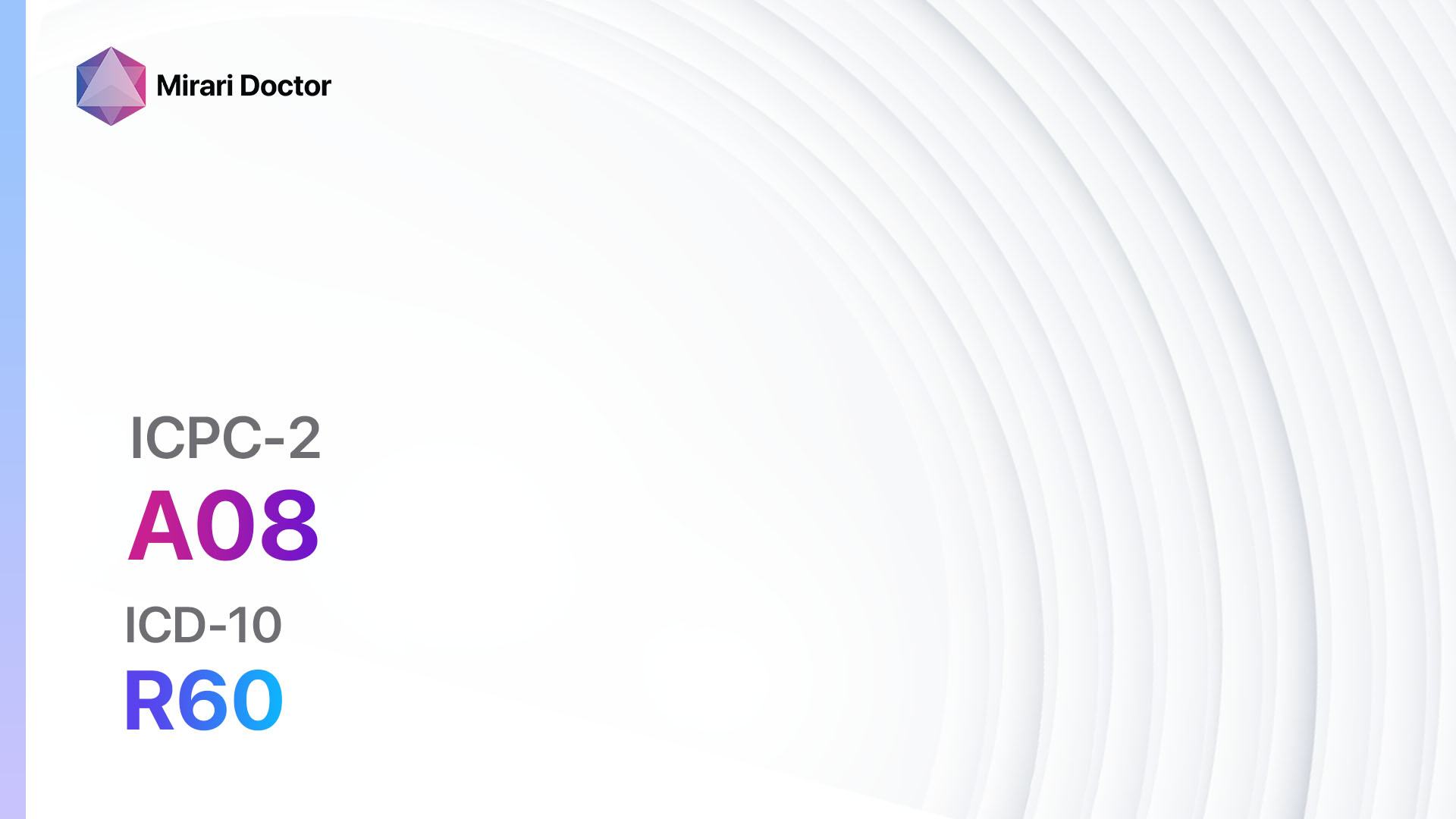
Introduction
Swelling, also known as edema, is a condition characterized by the accumulation of fluid in the body’s tissues. It can occur in various parts of the body, such as the legs, ankles, feet, hands, or face.[1][2]Swelling can be a symptom of an underlying medical condition or can be caused by factors such as injury, infection, or medication side effects. This guide aims to provide an overview of the symptoms, causes, diagnostic steps, possible interventions, and lifestyle interventions for swelling.
Codes
Symptoms
- Swelling in the affected area[5]
- Puffiness or tightness in the skin[6]
- Increased size or circumference of the affected body part[7]
- Discomfort or pain in the swollen area[8]
- Limited range of motion in the affected joint or limb[9]
Causes
- Injury or trauma to the affected area[10]
- Infection or inflammation
- Allergic reactions
- Medication side effects
- Hormonal changes
- Heart or kidney problems
- Lymphatic system disorders
- Venous insufficiency
- Pregnancy
Diagnostic Steps
Medical History
- Gather information about the onset, duration, and progression of swelling
- Identify any associated symptoms, such as pain, redness, or warmth
- Assess for any recent injuries or infections
- Determine if there are any underlying medical conditions or risk factors
- Inquire about any medications or supplements being taken
Physical Examination
- Inspect the affected area for visible swelling, redness, or discoloration
- Palpate the area to assess for tenderness or warmth
- Evaluate the range of motion and strength of the affected joint or limb
- Check for any signs of infection, such as fever or enlarged lymph nodes
- Assess the cardiovascular and renal systems for any underlying conditions
Laboratory Tests
- Complete blood count (CBC) to check for signs of infection or inflammation
- Urinalysis to assess kidney function and rule out urinary tract infection
- Blood chemistry panel to evaluate liver and kidney function
- Thyroid function tests to rule out hormonal imbalances
- Allergy testing if an allergic reaction is suspected
Diagnostic Imaging
- X-ray to assess for fractures or bone abnormalities
- Ultrasound to evaluate blood flow and detect any fluid accumulation
- CT scan or MRI for a more detailed assessment of the affected area
- Lymphoscintigraphy to evaluate lymphatic system function
- Doppler ultrasound to assess blood flow in the veins
Other Tests
- Biopsy of the affected tissue if malignancy or infection is suspected
- Echocardiogram to evaluate heart function and rule out heart failure
- Venous duplex ultrasound to assess for deep vein thrombosis
- Lymph node biopsy if lymphatic system disorder is suspected
Follow-up and Patient Education
- Schedule follow-up appointments to monitor the progress of swelling and adjust treatment if necessary
- Educate the patient about the underlying cause of swelling and the importance of adherence to treatment
- Provide information on self-care measures, such as elevation of the affected limb, compression stockings, and regular exercise
- Discuss the signs and symptoms that require immediate medical attention, such as worsening pain, redness, or fever
Possible Interventions
Traditional Interventions
Medications:
Top 5 drugs for Swelling:
- Diuretics (e.g., Furosemide, Hydrochlorothiazide):
- Cost: Generic versions can be $3-$50/month.
- Contraindications: Allergy to sulfa drugs, anuria.
- Side effects: Frequent urination, electrolyte imbalances.
- Severe side effects: Dehydration, kidney damage.
- Drug interactions: NSAIDs, ACE inhibitors.
- Warning: Regular monitoring of electrolyte levels required.
- Nonsteroidal anti-inflammatory drugs (NSAIDs) (e.g., Ibuprofen, Naproxen):
- Cost: Generic versions can be $5-$20/month.
- Contraindications: Active peptic ulcer disease, renal impairment.
- Side effects: Upset stomach, increased risk of bleeding.
- Severe side effects: Gastrointestinal bleeding, kidney damage.
- Drug interactions: Anticoagulants, ACE inhibitors.
- Warning: Long-term use may increase the risk of cardiovascular events.
- Antihistamines (e.g., Diphenhydramine, Loratadine):
- Cost: Generic versions can be $5-$15/month.
- Contraindications: Narrow-angle glaucoma, urinary retention.
- Side effects: Drowsiness, dry mouth.
- Severe side effects: Seizures, irregular heartbeat.
- Drug interactions: Sedatives, alcohol.
- Warning: May cause drowsiness, avoid driving or operating machinery.
- Corticosteroids (e.g., Prednisone, Dexamethasone):
- Cost: Generic versions can be $5-$30/month.
- Contraindications: Active infection, systemic fungal infection.
- Side effects: Increased appetite, weight gain.
- Severe side effects: Osteoporosis, adrenal suppression.
- Drug interactions: NSAIDs, anticoagulants.
- Warning: Long-term use may suppress the immune system.
- Antibiotics (e.g., Amoxicillin, Cephalexin):
- Cost: Generic versions can be $5-$30/month.
- Contraindications: Allergy to penicillin, severe liver disease.
- Side effects: Upset stomach, diarrhea.
- Severe side effects: Severe allergic reactions, Clostridium difficile infection.
- Drug interactions: Oral contraceptives, warfarin.
- Warning: Complete the full course of antibiotics as prescribed.
Alternative Drugs:
- Anticoagulants (e.g., Warfarin, Rivaroxaban): Used to prevent blood clots that may cause swelling.
- Antidepressants (e.g., Amitriptyline, Duloxetine): May help manage swelling associated with depression or anxiety.
- Antihypertensives (e.g., Amlodipine, Lisinopril): Used to manage swelling caused by high blood pressure.
- Antifungal medications (e.g., Fluconazole, Terbinafine): Prescribed if a fungal infection is the underlying cause of swelling.
- Immunosuppressants (e.g., Methotrexate, Cyclosporine): Used to manage swelling associated with autoimmune disorders.
Surgical Procedures:
- Drainage: In cases of localized fluid accumulation, a healthcare professional may perform a drainage procedure to remove the excess fluid.
- Lymphatic surgery: For individuals with lymphatic system disorders, surgical interventions such as lymph node transfer or lymphovenous anastomosis may be considered.
- Vein surgery: In cases of venous insufficiency or varicose veins, surgical procedures like vein ligation or vein stripping may be recommended.
Alternative Interventions
- Acupuncture: May help improve blood flow and reduce swelling. Cost: $60-$120 per session.
- Massage therapy: Can promote lymphatic drainage and reduce swelling. Cost: $60-$120 per session.
- Herbal supplements: Some herbs, such as horse chestnut and butcher’s broom, have been traditionally used to reduce swelling. Cost: Varies depending on the specific supplement.
- Compression therapy: Involves wearing compression garments or using compression devices to improve circulation and reduce swelling. Cost: $50-$200 for compression stockings.
- Manual lymphatic drainage: A specialized massage technique that aims to stimulate the lymphatic system and reduce swelling. Cost: $60-$120 per session.
Lifestyle Interventions
- Elevation: Elevating the affected limb above heart level can help reduce swelling. Cost: Free.
- Exercise: Regular physical activity, such as walking or swimming, can improve circulation and reduce swelling. Cost: Varies depending on the chosen activity.
- Healthy diet: Consuming a balanced diet low in sodium and high in fruits and vegetables can help manage swelling. Cost: Varies depending on food choices.
- Weight management: Maintaining a healthy weight can reduce the strain on the body’s circulatory system and minimize swelling. Cost: Varies depending on individual needs.
- Avoiding triggers: Identifying and avoiding triggers that worsen swelling, such as certain foods or allergens, can help manage the condition. Cost: Varies depending on individual needs.
It is important to note that the cost ranges provided are approximate and may vary depending on the location and availability of the interventions. It is recommended to consult with a healthcare professional for personalized treatment options and cost estimates.
Mirari Cold Plasma Alternative Intervention
Understanding Mirari Cold Plasma
- Safe and Non-Invasive Treatment: Mirari Cold Plasma is a safe and non-invasive treatment option for various skin conditions. It does not require incisions, minimizing the risk of scarring, bleeding, or tissue damage.
- Efficient Extraction of Foreign Bodies: Mirari Cold Plasma facilitates the removal of foreign bodies from the skin by degrading and dissociating organic matter, allowing easier access and extraction.
- Pain Reduction and Comfort: Mirari Cold Plasma has a local analgesic effect, providing pain relief during the treatment, making it more comfortable for the patient.
- Reduced Risk of Infection: Mirari Cold Plasma has antimicrobial properties, effectively killing bacteria and reducing the risk of infection.
- Accelerated Healing and Minimal Scarring: Mirari Cold Plasma stimulates wound healing and tissue regeneration, reducing healing time and minimizing the formation of scars.
Mirari Cold Plasma Prescription
Video instructions for using Mirari Cold Plasma Device – A08 Swelling (ICD-10:R60)
| Mild | Moderate | Severe |
| Mode setting: 1 (Infection) Location: 0 (Localized) Morning: 15 minutes, Evening: 15 minutes | Mode setting: 1 (Infection) Location: 0 (Localized) Morning: 30 minutes, Lunch: 30 minutes, Evening: 30 minutes | Mode setting: 1 (Infection) Location: 0 (Localized) Morning: 30 minutes, Lunch: 30 minutes, Evening: 30 minutes |
| Mode setting: 2 (Wound Healing) Location: 0 (Localized) Morning: 15 minutes, Evening: 15 minutes | Mode setting: 2 (Wound Healing) Location: 0 (Localized) Morning: 30 minutes, Lunch: 30 minutes, Evening: 30 minutes | Mode setting: 2 (Wound Healing) Location: 0 (Localized) Morning: 30 minutes, Lunch: 30 minutes, Evening: 30 minutes |
| Mode setting: 7 (Immunotherapy) Location: 1 (Sacrum) Morning: 15 minutes, Evening: 15 minutes | Mode setting: 7 (Immunotherapy) Location: 1 (Sacrum) Morning: 30 minutes, Lunch: 30 minutes, Evening: 30 minutes | Mode setting: 7 (Immunotherapy) Location: 1 (Sacrum) Morning: 30 minutes, Lunch: 30 minutes, Evening: 30 minutes |
| Total Morning: 45 minutes approx. $7.50 USD, Evening: 45 minutes approx. $7.50 USD | Total Morning: 90 minutes approx. $15 USD, Lunch: 90 minutes approx. $15 USD, Evening: 90 minutes approx. $15 USD, | Total Morning: 90 minutes approx. $15 USD, Lunch: 90 minutes approx. $15 USD, Evening: 90 minutes approx. $15 USD, |
| Usual treatment for 7-60 days approx. $105 USD – $900 USD | Usual treatment for 6-8 weeks approx. $1,890USD – $2,520 USD | Usual treatment for 3-6 months approx. $4,050 USD – $8,100 USD |
 |
|
Use the Mirari Cold Plasma device to treat Swelling effectively.
WARNING: MIRARI COLD PLASMA IS DESIGNED FOR THE HUMAN BODY WITHOUT ANY ARTIFICIAL OR THIRD PARTY PRODUCTS. USE OF OTHER PRODUCTS IN COMBINATION WITH MIRARI COLD PLASMA MAY CAUSE UNPREDICTABLE EFFECTS, HARM OR INJURY. PLEASE CONSULT A MEDICAL PROFESSIONAL BEFORE COMBINING ANY OTHER PRODUCTS WITH USE OF MIRARI.
Step 1: Cleanse the Skin
- Start by cleaning the affected area of the skin with a gentle cleanser or mild soap and water. Gently pat the area dry with a clean towel.
Step 2: Prepare the Mirari Cold Plasma device
- Ensure that the Mirari Cold Plasma device is fully charged or has fresh batteries as per the manufacturer’s instructions. Make sure the device is clean and in good working condition.
- Switch on the Mirari device using the power button or by following the specific instructions provided with the device.
- Some Mirari devices may have adjustable settings for intensity or treatment duration. Follow the manufacturer’s instructions to select the appropriate settings based on your needs and the recommended guidelines.
Step 3: Apply the Device
- Place the Mirari device in direct contact with the affected area of the skin. Gently glide or hold the device over the skin surface, ensuring even coverage of the area experiencing.
- Slowly move the Mirari device in a circular motion or follow a specific pattern as indicated in the user manual. This helps ensure thorough treatment coverage.
Step 4: Monitor and Assess:
- Keep track of your progress and evaluate the effectiveness of the Mirari device in managing your Swelling. If you have any concerns or notice any adverse reactions, consult with your health care professional.
Note
This guide is for informational purposes only and should not replace the advice of a medical professional. Always consult with your healthcare provider or a qualified medical professional for personal advice, diagnosis, or treatment. Do not solely rely on the information presented here for decisions about your health. Use of this information is at your own risk. The authors of this guide, nor any associated entities or platforms, are not responsible for any potential adverse effects or outcomes based on the content.
Mirari Cold Plasma System Disclaimer
- Purpose: The Mirari Cold Plasma System is a Class 2 medical device designed for use by trained healthcare professionals. It is registered for use in Thailand and Vietnam. It is not intended for use outside of these locations.
- Informational Use: The content and information provided with the device are for educational and informational purposes only. They are not a substitute for professional medical advice or care.
- Variable Outcomes: While the device is approved for specific uses, individual outcomes can differ. We do not assert or guarantee specific medical outcomes.
- Consultation: Prior to utilizing the device or making decisions based on its content, it is essential to consult with a Certified Mirari Tele-Therapist and your medical healthcare provider regarding specific protocols.
- Liability: By using this device, users are acknowledging and accepting all potential risks. Neither the manufacturer nor the distributor will be held accountable for any adverse reactions, injuries, or damages stemming from its use.
- Geographical Availability: This device has received approval for designated purposes by the Thai and Vietnam FDA. As of now, outside of Thailand and Vietnam, the Mirari Cold Plasma System is not available for purchase or use.
References
- Edema – Mayo Clinic. //www.mayoclinic.org/diseases-conditions/edema/symptoms-causes/syc-20366493
- Swelling – MedlinePlus. //medlineplus.gov/ency/article/003103.htm
- ICPC-2 Codes – RxReasoner. //www.rxreasoner.com/icpc2codes/component/S
- ICD-10 Code for Oedema, not elsewhere classified R60 – AAPC. //www.aapc.com/codes/icd-10-codes/R60
- Swelling – Symptoms and Causes – Boston Children’s Hospital. //www.childrenshospital.org/conditions-and-treatments/conditions/s/swelling
- Swelling – Side Effects of Medications – MedlinePlus. //medlineplus.gov/sideeffects.html
- Carissimi, Mariel ; Flôres, Simone Hickmann ; Rech, Rosane (2018). Effect of microalgae addition on active biodegradable starch film. DOI: 10.1016/j.algal.2018.04.001
- Zador, Zsolt ; Stiver, Shirley ; Wang, Vincent ; Manley, Geoffrey T. (2009.0). Role of Aquaporin-4 in Cerebral Edema and Stroke. DOI: 10.1007/978-3-540-79885-9_7
- Papadopoulos, Marios C ; Verkman, Alan S (2007.0). Aquaporin-4 and brain edema. DOI: 10.1007/s00467-006-0411-0
- Schuier, FJ ; Hossmann, KA (1980.0). Experimental brain infarcts in cats. II. Ischemic brain edema. DOI: 10.1161/01.STR.11.6.593
Related articles
Made in USA


